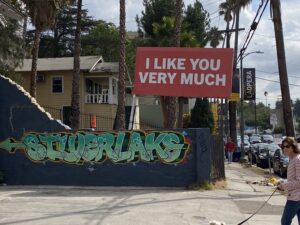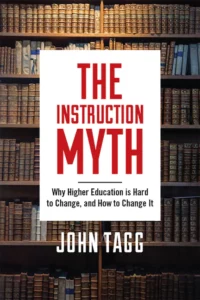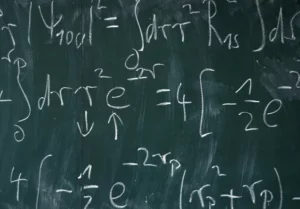The syllabus looks simple enough. Standard language about learning objectives, assignments, and grading policies. Nothing obviously threatening or biased. But beneath those neutral-sounding lines is a web of taken-for-granted assumptions favoring some learners over others. This is the realm of what scholars term the “hidden curriculum” to describe the unspoken rules, norms, and background knowledge that institutions use but never explicitly teach.[i] The hidden curriculum works through everyday academic practices, such as expecting learners to use formal language in essays, prioritizing, punctuality, and meeting deadlines, and assuming learners have access to quiet spaces for studying.
Students who arrive at college already fluent in these unspoken codes (typically those from privileged backgrounds) navigate faculty expectations with ease. Their success appears natural, even inevitable. Meanwhile, anyone lacking this insider knowledge struggles against invisible barriers, their difficulties rarely attributed to systemic flaws.
Take something as basic as class participation. Most instructors value learners who speak up quickly, offer spontaneous comments, and keep discussion moving. These expectations make sense until one realizes how they privilege a narrow set of behaviors. Students who need more time to process information, prefer to write their thoughts first, or engage best through one-on-one exchanges may appear “disengaged” when they are actually participating in ways the structure of the class doesn’t recognize. The hidden curriculum turns learning differences into markers of academic deficiency. The insidious nature of this system lies in its ability to mask privilege as merit and to personalize any successes or failures. When affluent learners do well, their achievements get credited to individual talent, hard work, or “natural ability.” When an under-resourced student struggles, the blame likewise falls on their own lack of motivation, preparation, or ability. This dynamic effectively launders systemic advantages through the language of personal responsibility, making structural inequities appear like natural outcomes.









